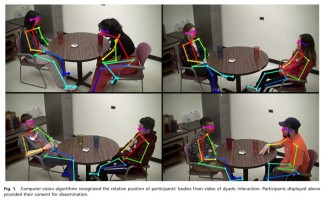Alcohol Narrows Physical Distance between Strangers

Abstract
Pandemic management is likely to represent a global reality for years to come, but the roadmap for how to approach pandemic restrictions is as yet unclear. Of the restrictions enacted during COVID-19, among the more controversial surround alcohol. Like many infectious diseases, the principal mode of transmission for COVID-19 is direct respiration of droplets emitted during close social contact, and health officials warn that alcohol consumption may lead to decreased adherence to physical distancing guidelines. Governing bodies have acted to close bars before restaurants and have also specifically restricted alcohol sales, while at the same time those in the nightlife industry have labeled such actions unfounded and discriminatory. Complicating such debates is the lack of evidence on alcohol’s effects on physical distance. In the current study we employed a randomized alcohol-administration design paired with computer-vision measures, analyzing over 20,000 proximity readings derived from video to examine the effect of alcohol consumption on physical distance during social interaction. Results indicated that alcohol caused individuals to draw significantly closer to an unfamiliar interaction partner during social exchange, reducing physical proximity at a rate with potentially important implications for public health. In contrast, alcohol had no effect on physical distance with a familiar interaction partner. Findings suggest that alcohol might act to overcome a natural caution people feel towards strangers and thus promote virus transmission between previously unconnected social groups.
